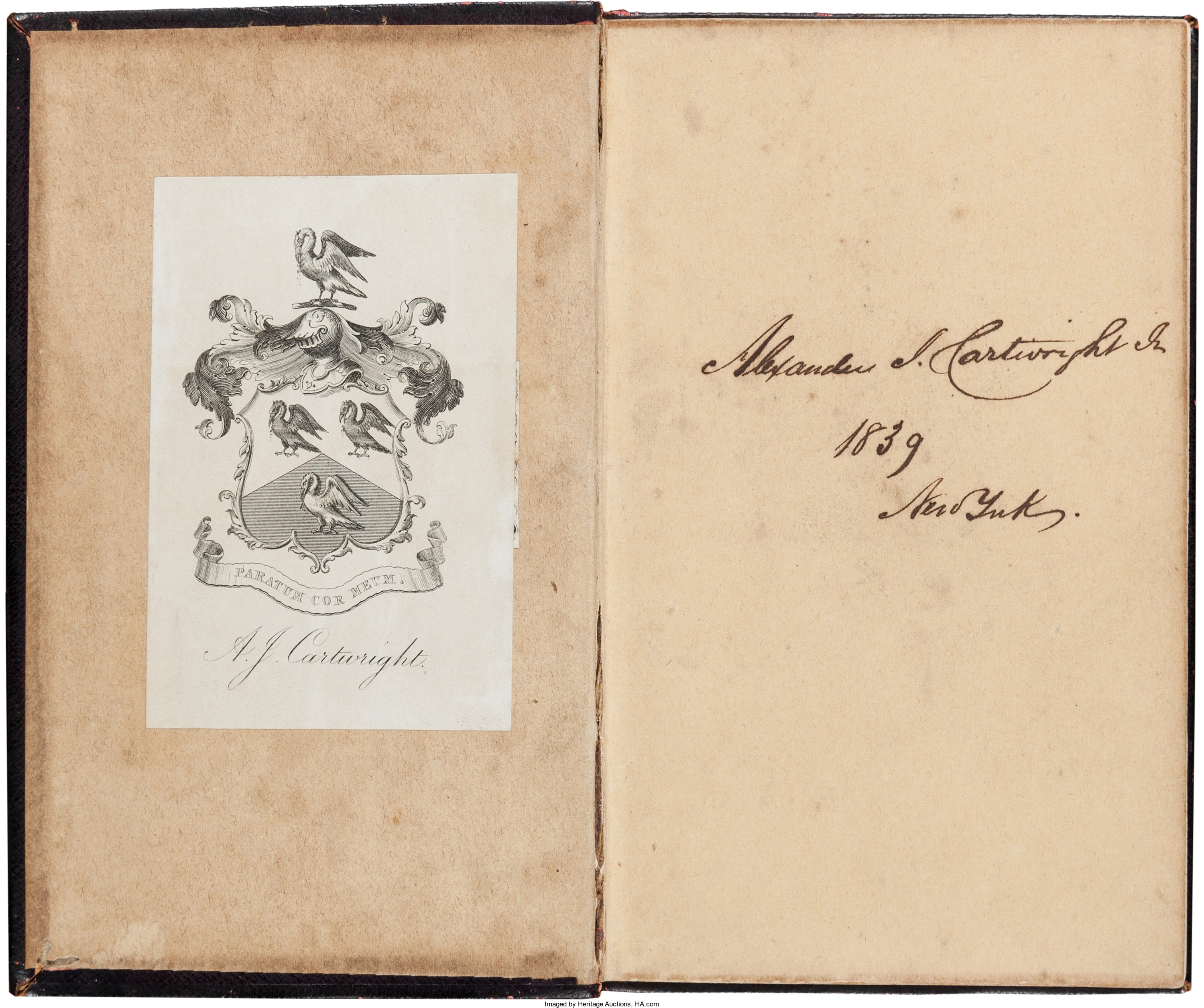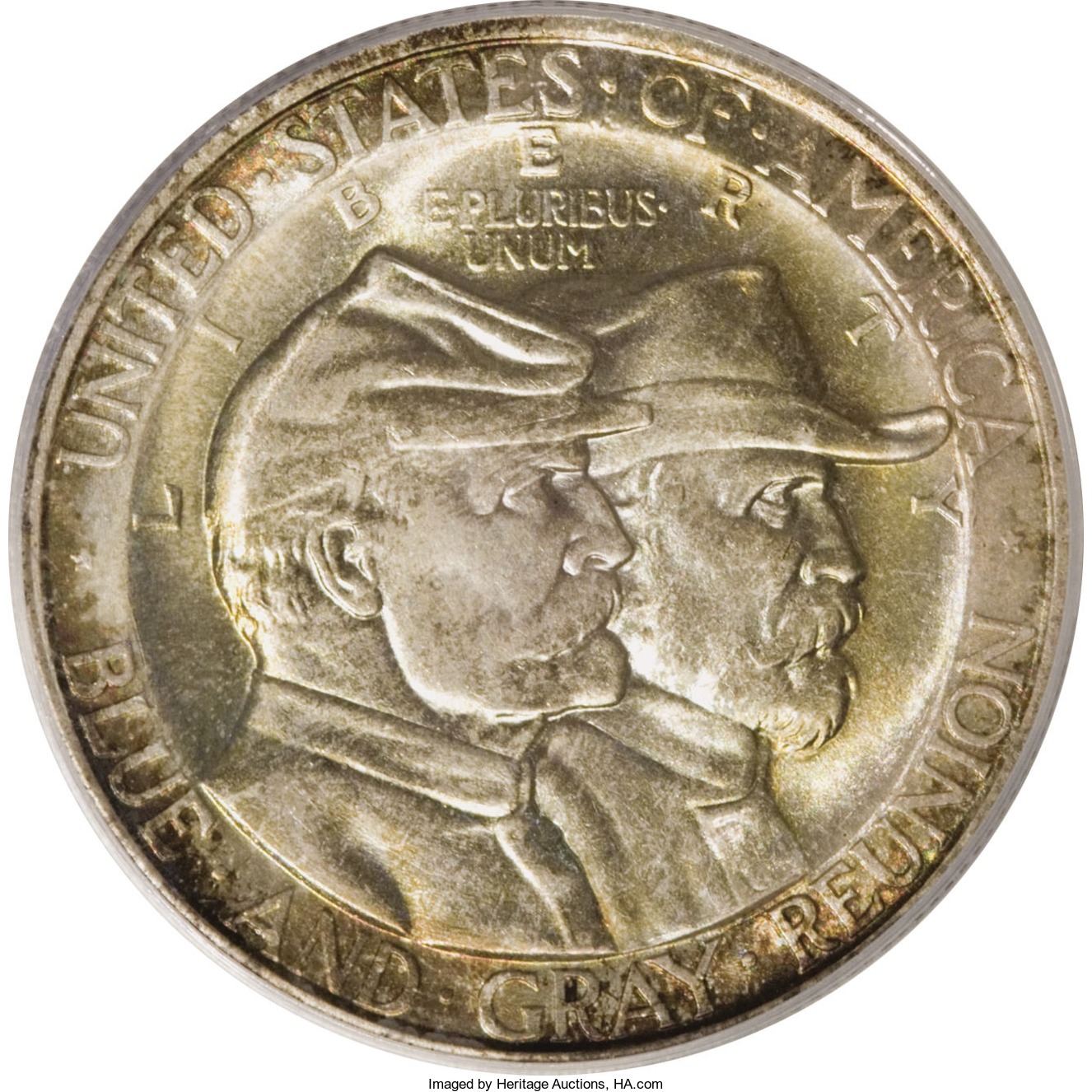
By Jim O’Neal
The baseball Hall of Fame officially opened on June 12, 1939, in Cooperstown, N.Y. The Cooperstown name was drawn from James Fenimore Cooper, whose works of literature have become American classics in every sense of the word.
The inaugural HOF class was selected three years earlier in 1936 and consisted of Ty Cobb, Walter Johnson, Christy Mathewson, Babe Ruth and Honus Wagner. (Seven Cobb baseball cards were discovered this year in an old paper bag in rural Georgia after someone’s great-grandfather died. Experts at PSA estimate their value at “well into seven figures.”)
Now we know for sure that Abner Doubleday was a fine Civil War general and is credited with firing the first shot at the Confederates from Fort Sumter. However, his military record was tarnished when General George Meade replaced him at the Battle of Gettysburg. It was unfair, but Meade had been disdainful of Doubleday for a long time.
We also know that Doubleday obtained a patent on the little cable cars that “climb halfway to the stars,” as the venerable Tony Bennett sings about in his theme song “I Left My Heart in San Francisco.” A wise man once told me … never live in San Francisco, but never live too far from it.
Now back to Doubleday, where the facts start to get iffy.
Abner Doubleday was credited with inventing baseball by a commission sponsored by A.G. Spalding, co-founder of the sports equipment company, in an effort to dispel rumors that the All-American game had a British pedigree. Spalding organized the Mills Commission to authenticate baseball as an American invention and it concluded, conveniently, the concept was devised by Doubleday.
Subsequently, the Mills report has been thoroughly discredited and a New York bank clerk, Alexander Cartwright, gets the honor … in addition to starting the Knickerbocker Base Ball Club, designing the diamond shape and even sewing the first baseball. Some of the rules he created are still in use.
For those who love baseball as I do, Harold Peterson’s The Man Who Invented Baseball (1973) is a treasure and highly recommended.
Abner Doubleday had a terrific life, but it did not include baseball.
Intelligent Collector blogger JIM O’NEAL is an avid collector and history buff. He is President and CEO of Frito-Lay International [retired] and earlier served as Chairman and CEO of PepsiCo Restaurants International [KFC Pizza Hut and Taco Bell].

